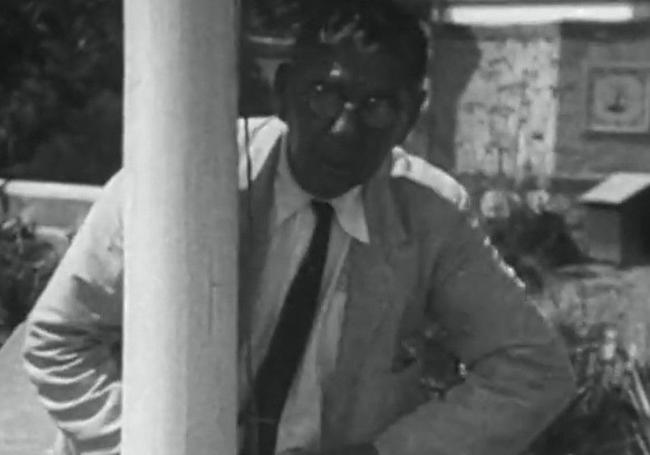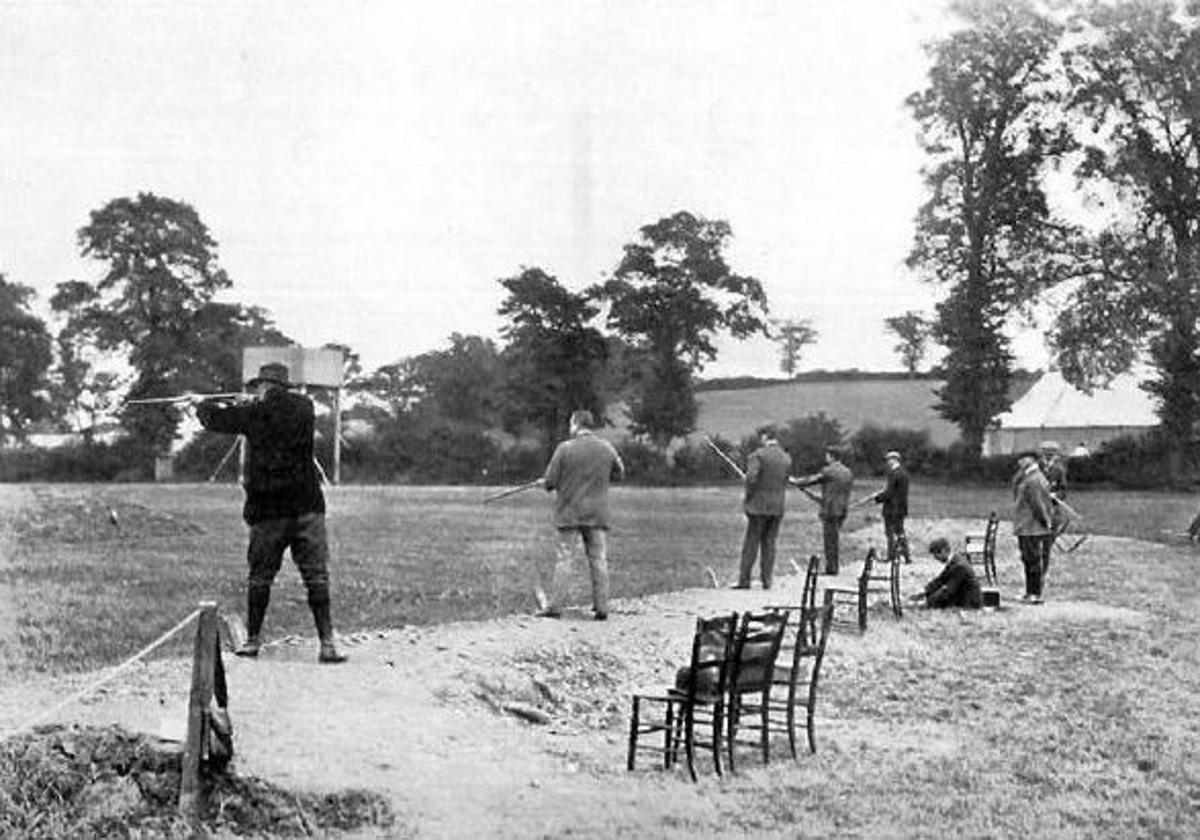Jacob Laan, the Olympian 'from Malaga'
Víctor Heredia
Friday, 9 August 2024, 15:49
The Olympic Games in Paris have stolen the public's attention this summer and taken up hours and pages of media coverage. Looking back, the first athlete from Malaga to take part in the Olympics was Gonzalo Fernández de Córdoba, Duke of Arión, who competed in the 1960 Rome Games, in the Finn sailing class.
However, there was another local who took part in the Games much earlier. Jacob Adriaan Laan, a Dutchman, participated in the 1908 London Olympic Games. His sport was shooting, and his result was modest, coming 26th out of 61 competitors. He was eliminated in the second round, left with the satisfaction - or consolation - that it's the taking part that counts. So who was Jacob Laan, and what was his relationship with Malaga?
Let's start at the beginning. Jacob Adriaan Laan was born in the village of Wormerveer, about thirteen kilometres from Amsterdam, in 1869. This means that he was 39 years old at the London Games. He was orphaned at the age of thirteen. He founded an innovative food company in 1893 with his brother Albert, in the town of Wormer, which was an important industrial area at the time. The Gebroeders Laan (Laan Brothers) factory specialised in milling cereals using steam engines. In 1912, the company, renamed 'Mercurius', built one of the first reinforced concrete silos in the Netherlands in the factory complex on the river Zaan, today considered an industrial monument. The rice brand Lassie, heir to the Laan factory, is very popular in the Netherlands even today.

Jacob Laan married Lucía Van Dulken Nagel, from Malaga, in 1909, just a few months after the London Games. Lucy, as she was known, was 22 years old at the time and was the daughter of the Dutch merchant Gerard Van Dulken, originally from Rotterdam, and Julia Nagel Disdier, from Malaga but of German descent. The Van Dulkens were Dutch consuls in the city for many years.
Jacob and Lucy were well off and acquired two of Malaga's best estates. In 1920 they resided in La Torrecilla, a large villa with gardens and sea views in Bellavista, on the road to Almeria. Shortly afterwards they bought Hacienda de San Antón, above El Palo. They built a new road to allow cars to drive up to the house, as well as renovating the property, including alterations to the estate's chapel, known as the Castillo de San Antón. Princess Beatriz de Battenberg, the mother of Queen Victoria Eugenia, visited San Antón during her stays in Malaga to have tea with the Laans.

Dick Laan's visit
A nephew of Jacob and Lucy's came to visit them in 1929. This was Dick Laan (1894-1973), the son of Jacob's brother Jan Cornelis. Dick worked in his father's factory before turning to filmmaking, producing his first film in 1917. Ten years later he founded the Dutch Film Collective (De Nederlandsche Filmliga). His passion for football was reflected in the film 'Voetbal' ('Football'), one of the first artistic depictions of sport in the film world. He also wrote adventure books for younger audiences. During his visit to Malaga, he produced a forty-minute-long film, which captured various locations in the city, as well as Torremolinos and surrounding areas. This film was restored by the Beeld & Geluid (Sound and Vision) Foundation, which works to preserve Dutch audiovisual heritage. The video is available to watch on Antonio F. Laporte's Youtube channel. Dick Laan published a book titled 'Rudi's Spanish Adventures' in 1931, undoubtedly inspired by his trip to Malaga.
Francoist support
Jacob and Lucy supported Franco's side during the Civil War. A few days after the end of the war, on 8 April 1939, the Management Commission led by Malaga City Council declared Jacob and Lucy as adopted children of the city. This recognition came after the financial donations that the Laans had made to military hospitals which cared for the wounded, contributing in particular to war surgery and orthopaedics. At the Miramar Hospital, which was set up in the Miramar hotel, they paid for a workshop dedicated to the production of orthopaedic parts for amputees. It is thought that Jacob personally flew to London to buy anti-tetanus medication that could not be found in Malaga.
The couple had no children, so after their death, La Torrecilla and San Antón were inherited by Jacob's brother-in-law, Enrique Van Dulken, and his nephews.
Laan died in Malaga on 5 April 1940. His father-in-law, Gerardo Van Dulken died on 7 July of the same year. Both lie in the city's English Cemetery. The grave of Jacob A. Laan is to the right of the grounds, near the graves of Gamel Woolsey and Gerald Brenan. Lucy died in 1950 and was buried in the Nagel pantheon in St Michael's Cemetery. The following year, the City Council decided to name two new streets in Malaga after the couple, in the Ruiz de Alda neighbourhood, next to the Avenida de la Paloma.
